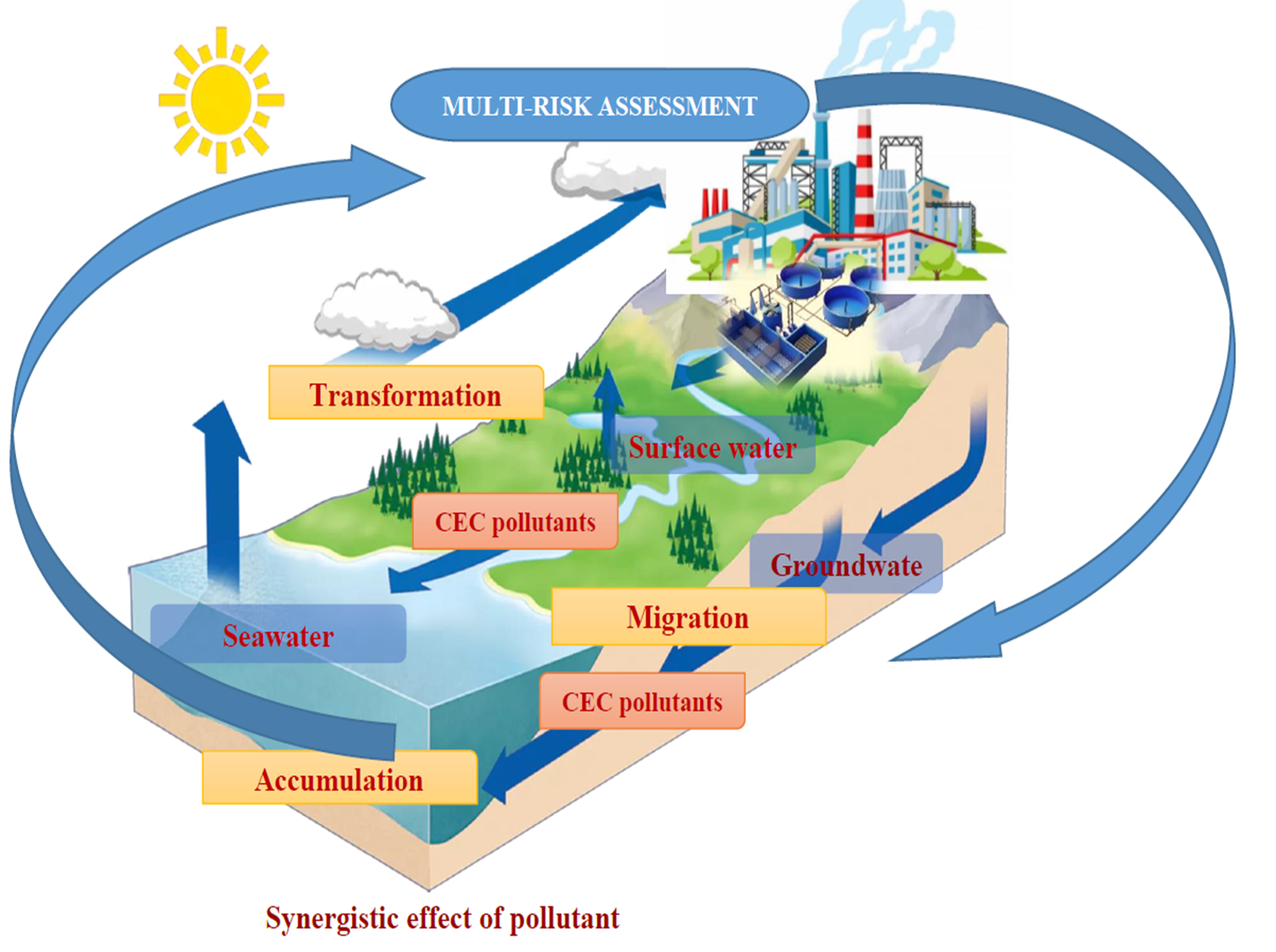BioResources and Technology Division (BRT) senior researcher Assoc Prof. Dr. Yelizaveta Chernysh and BRT director Assoc Prof. Dr. Hynek Roubík recently published an article in Water Resources Management.
Today, water ecosystems are threatened by water pollution problems (e.g. eutrophication, micropollutants, microplastics, etc.), increasing water demand, and increased probability of extraordinary events (e.g., fish poisoning, floods, etc.). When bodies of water become contaminated, their value for fisheries diminishes, and they may no longer meet the requirements for agricultural use, thereby disrupting key ecosystem services.
The publication is devoted to a critical analysis of the existing approaches to environmental risk assessment in the field of water resources management, which are of public interest in the EU countries and globally. This analysis of recent publications shows that, in developed economies, the focus of risk assessments has shifted towards predicting the risks associated with the contaminants of emerging concern. This has driven EU policies, such as the Urban Waste Water Treatment Directive, to broaden its focus from mainly organic and nutrient pollution to micropollutants as well. It is worth noting that the potential "multiple risk" index may be higher than a simple aggregation of single risk indices calculated on the basis that each source is independent of the others. On the other hand, the applicability of these models cannot be easily extrapolated to other regions of larger/smaller events. This review focused on characterizing multiple risk assessment methods for identifying the impacts of different categories of pollutants on the hydrosphere (surface water, groundwater, ocean) in the ecosystem. A gap in the implementation of risk assessment approach practices was identified by providing a systematization of research on environmental risk assessment for water resources, taking into account impacts on ecosystem services and human health. A suggestion to update the multiple risk assessment approach was formulated.
Thus, this endeavour is impeded by gaps in understanding basic physical phenomena, challenges in comparing hazards and risks across diverse types, and notably, as the focal point of the investigation, obstacles within risk management that hinder the successful execution of required risk reduction measures. These obstacles encompass a range of issues, including the lack of standardized terminology, inadequate expertise across multiple disciplines relevant to multi-risk reduction planning, limited resources, biases, and communication barriers among stakeholders from both the public and private sectors, as well as between researchers and policymakers.
Yelizaveta Chernysh acknowledges the support from Czech government provided by the Ministry of Foreign Affairs of the Czech Republic, which allowed this scientific cooperation to start.
Citation: Yelizaveta Chernysh, Lada Stejskalová, Přemysl Soldá1, Foon Yin Lai, Uzair Akbar Khan, Cecilia Stalsby Lundborg, Laure Giambérini, Laetitia Minguez, M. Concepción Mont and Angeles Blanco, Maksym Skydanenko, Hynek Roubík. Risk Assessment as a Tool to Improve Water Resource Management. Water Resour Manage (2024). https://doi.org/10.1007/s11269-024-03982-x
For more details on BRT, follow us on social media for regular updates and highlights.


